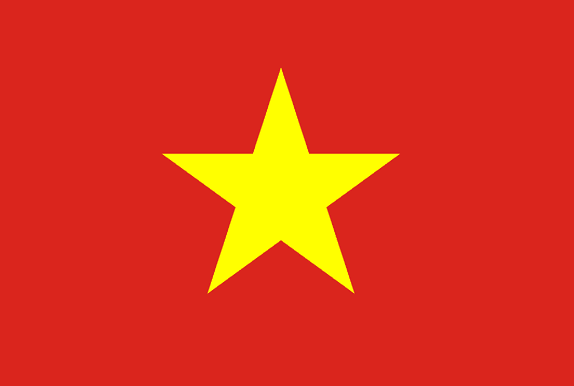|
If your native language is Vietnamese, these are the most likely accent patterns you will find in your speech. The pronunciation targets you can work on to improve your American Accent are listed below. The links will take you to the appropriate video lessons and additional practice materials. You can purchase this module on the Subscriptions button or in our store.
Practice in the order listed, as the most important patterns are listed first. Step 1: Z can sound like s or be left off the ends of words was /wʌz/ sounds like wass or wa Step 2: D can sound like “t” at the ends of words, or be left off the ends of words code sounds like coat, or we’d sounds like we
Step 3: T
can be left off the ends of words boat sounds like bow Step 4: /ɪ/ vowel /ɪ/ can sound like /i/ “vowel ee” it sounds like eat Step 5: TH /θ/ (as in “think, with”) can sound like t, can be left off thing sounds like ting with sounds like wi Step 6: TH /ð/ (as in those, breathe) can sound like d, z or th those sounds like dose or zoze breathe sounds like breeth Step 7: N can be switched with ng or left off man sounds like ma thin sounds like thing Step 8: L can be left off the ends of words Step 9: /æ/ “vowel a” can sound like vowel ah /a/ cat sounds like cot Step 10: V can sound like F of be left off the ends of words leave sounds like leaf or lee Step 11: /ɹ, ɚ/ "vowel er" can sound like vowel schwa /ə/ bird sounds like bud Step 12: Consonant Clusters can have sounds left off, or the same error patterns as above lived sounds like li, lift or live, want sounds like wan, words sounds like word or worts Step 13: P can sound like “b” at the start of words pay sounds like bay Step 14: /e/ “vowel ay” can sound like vowel eh /ɛ/ wait sounds like wet Step 15: /a/ “vowel ah” can sound like vowel o /o/ not sounds like note Step 16: /ʊ/ “vowel U” can sound like vowel oo /u/ look sounds like Luke Step 17: /ə/ “vowel schwa” can sound like written letter rather than the American "uh" sound between sounds like bee-tween above sounds like ay-bove Step 18: G can sound like K at the ends of words pig sounds like pick Step 19: /i/ “vowel ee” can sound like /ɪ/ "vowel ɪ" it sounds like eat Step 20: J can sound like ch or zh ridge sounds like rich or rizh jump sounds like chump or zhump
0 Comments
Leave a Reply. |
Categories |

 RSS Feed
RSS Feed